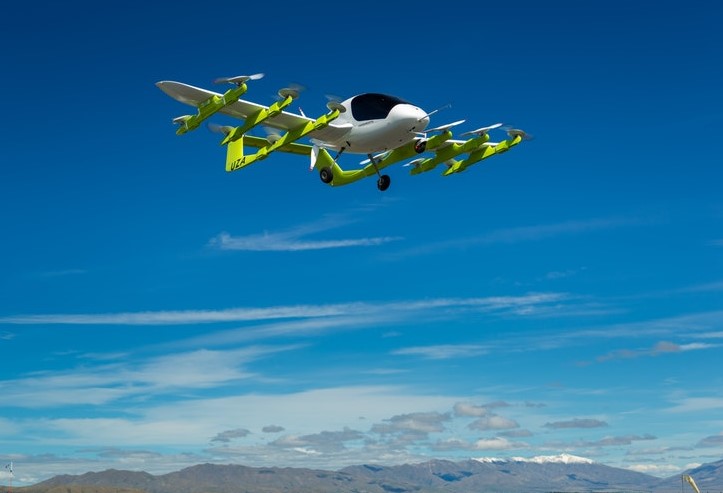
by Michael Willoughby
The New Zealand Government is establishing an airspace integration trials programme to support the safe testing and development of advanced unmanned aircraft and accelerate their integration into the aviation system, the country’s Research, Science and Innovation Minister Megan Woods announced Friday.
The New Zealand Government will work with leading, innovative aviation industry partners to test and demonstrate the use of unmanned aircraft for passenger transport, cargo delivery, agricultural services and hazard management.
This builds on the potential for innovation under New Zealand’s current civil aviation rules and advances the Government’s vision for a thriving, innovative and safe aviation system.
“The Government is committed to supporting the growth of an innovative unmanned aircraft sector in New Zealand. We’re creating opportunities to test and develop these emerging technologies to help make this happen,” Woods said.
MBIE is engaging with Zephyr Airworks as the first industry partner in the programme to define the scope of a passenger-transport focussed trial. Zephyr has been testing and developing ‘Cora’ – their self-flying, electric, vertical take-off and landing aircraft in New Zealand since 2017, after more than nine years of development in the United States.
To support the programme, 2.1m NZ dollars (1.3m US dollars) has been reprioritised from Vote Science and Innovation to the Civil Aviation Authority to build capability, including the employment of more technical experts, and 900,000 NZ dollars (566,000 US dollars) to the Ministry of Transport to support policy development related to regulatory settings.
In another step to support the modernisation of New Zealand’s aviation system, the Government will also reimburse aircraft owners for a portion of the cost of installing ADS-B transponders. The ADS-B Transponder Grant will be available to approximately 4,000 general aviation operators in New Zealand.
“ADS-B technology will bring numerous safety benefits to our aviation system, we understand small aircraft operators will face cost obstacles. That’s why this government has decided to provide financial assistance for aircraft owners to fit ADS-B technology,” Woods added..
“These funding decisions support the Government’s vision for a thriving, innovative and safe aviation system, and works towards a future in which unmanned aircraft could be a part of the everyday life of New Zealanders.”
Background
In July, the Government released the paper Taking Flight: an aviation system for the automated age which sets out the vision to integrate small drones and advanced UA into our transport system and develop a thriving, innovative and safe sector. Industry investing in the development, testing and certification of new and unproven advanced UA and adjacent technologies is a key to achieving this vision.
The emerging UA sector is fast-growing and R&D intensive, and the integration of UA into the aviation system has the potential to generate significant economic benefits. A recent benefit study commissioned by MBIE and the Ministry of Transport estimated that the commercial application of UA could generate up to 7.9 billion NZ dollars (around 5bn US dollars) in additional value to the economy over the next 25 years.
- To find out more about MBIE’s Innovative Partnerships Programme, visit https://www.mbie.govt.nz/science-and-technology/science-and-innovation/international-opportunities/new-zealand-r-d/innovative-partnerships/
- To find out more about Zephyr Airworks’ Cora, visit www.cora.aero
For more information

